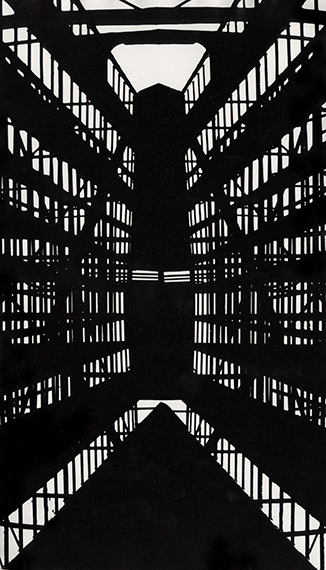
Métalopolis, Sing Sing, 1964
Gelatin silver print, vintage. Printed by the artist.
© Estate Jean-Claude Gautrand
Courtesy Les Douches la Galerie, Paris
Jean-Claude Gautrand »
Le temps irrémédiable
Exhibition: 30 May – 13 Jul 2024
Wed 29 May 17:00
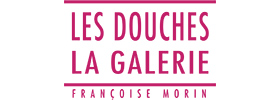
Les Douches La Galerie
54 Rue Chapon
75003 Paris
+33 1-78 94 03 00
contact@lesdoucheslagalerie.com
www.lesdoucheslagalerie.com
Wed-Sat 14-20+
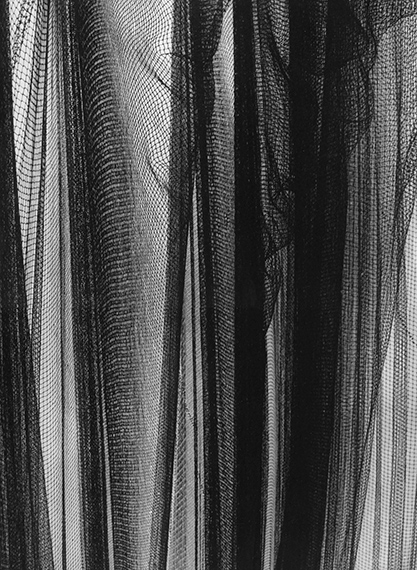
Filets (#3), 1966
Gelatin silver print, vintage. Printed by the artist.
© Estate Jean-Claude Gautrand
Courtesy Les Douches la Galerie, Paris
Ahead of the retrospective Libres expressions, dedicated to Jean-Claude Gautrand by the Musée Réattu in Arles this summer (June 29-October 6), Les Douches la Galerie is pleased to present, for the first time, a solo show dedicated to French photographer Jean-Claude Gautrand (1932-2019). You are invited to discover his early experiments from the 1960s, with a selection of vintages from his iconic series. The book Recompositions by Jean-Claude Gautrand, published last April by Contrejour editions, accompanies these two exhibitions.
"To photograph is to engage in a race against erasure, disappearance, nothingness. It is a fight against time, a challenge to oblivion. The camera, a magical instrument capable of immortalizing the fleeting, but also the irremediable."1
It is certainly this "irremediable" quality that demands the most attention in the work of Jean-Claude Gautrand, who photographs the disappearance of things, constructions, or places to inscribe them into eternity. Photography witnesses a battle where destructive forces ally with time to erase what was thought to be eternal. The various post-war photographic clubs he frequented hardly inspired him. "Apart from the world of reporting, the photographic field was then reduced to either illustrative or documentary photography of distressing conformity".2 He discovers in volumes I and II (catalogs of the exhibitions Subjektive Fotographie I and II, from 1952 and 1955) organized by German photographer Dr. Otto Steinert, a different photography that struck him as "an atomic bomb in the mire of photography."
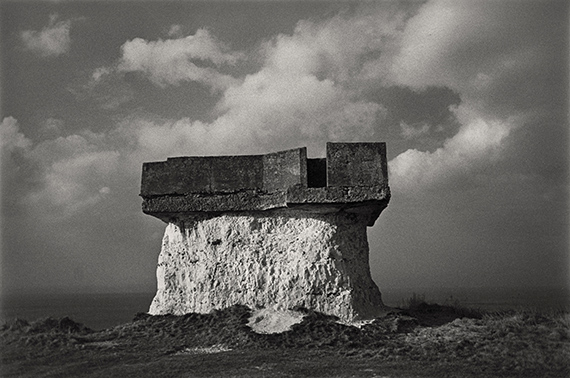
Forteresses du dérisoire, Ste Marguerite, 1976
Gelatin silver print, vintage. Printed by the artist.
© Estate Jean-Claude Gautrand
Courtesy Les Douches la Galerie, Paris
Jean-Claude Gautrand wrote in his notes, in 1996, that the images from these books "offered him a space for creative freedom previously unknown: highly contrasted black and white images, the abandonment of classic nuances, the use of what had until then been seen as flaws: grain, blur, superimposition, solarization, transparency. A new visual world and language were offered to us: a commitment to pure graphics, the interplay of expressive masses and volumes, close-ups on materials, abstraction, psychological expressions, negative images, inversions."3 A dual freedom was imposed on him: a distancing from the subject photographed and a new plastic universe. In 1964, he founded the movement Libre Expression with Jean Dieuzaide and Pierre Riehl, in order to defend another path for photography.
After various research efforts, Jean-Claude Gautrand created his first iconic series, Métalopolis, focused on the construction of the Parisian ring road. Under his gaze, metal structures and reinforcing bars were transformed into pencil lines, energetic rhythms, or drawings in space. Although his photographs possessed the power of Hans Hartung’s paintings, his work was poorly received by critics. In 2014, in his personal notes, Jean-Claude Gautrand recalled that his photographs were "particularly subjected to mockery, berating the disappearance of mid-tones, the large black flats that streaked the space, the absence of any usual visual reference, as well as against the notion of serial writing, an uncommon way of expressing oneself at a time primarily concerned with the ‘beautiful’ solitary image."4
After a first exhibition of the series L’Assassinat de Baltard in 2023, Les Douches la Galerie invites you to discover the early experiments from the 1960s with a selection of vintage prints from his iconic series: Métalopolis (1964), Les Filets (1966), Gazoville (1966), La mort du pin (1967), Le galet (1968), La Forteresse du dérisoire (1973-76), up to Les grotesques, plage de Saint-Malo (2006) not to forget his latest series, Le Jardin de mon Père (1998-2010). These exceptional vintage prints reflect his dedication and loyalty to the new path he explored over sixty years.
Éric Rémy
Curator
1 Article by Jean-Claude Gautrand published in Culture et Communication n°28, June-July 1980.
2 Personal notes from 1996, in Recomposition, édition Contrejour, 2024 p. 8.
3 Alongside Otto Steinert, these photographers include Moholy Nagy, Man Ray, Herbert Bayer, Heinz Hajek-Halke, Peter Keetman, Carl Strüw, Hans-Hammarskiöld, Toni Schneider, Bill Brandt, Daniel Masclet, Romain Uhrausen, Chargesheimer, Edouard Boubat and Robert Doisneau.
4 Personal notes from 2014, in Recomposition, édition Contrejour, 2024 p. 10.
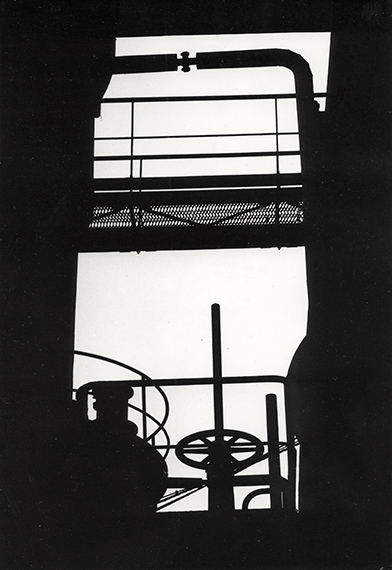
Gazoville (#3), 1966
Gelatin silver print, vintage. Printed by the artist.
© Estate Jean-Claude Gautrand
Courtesy Les Douches la Galerie, Paris
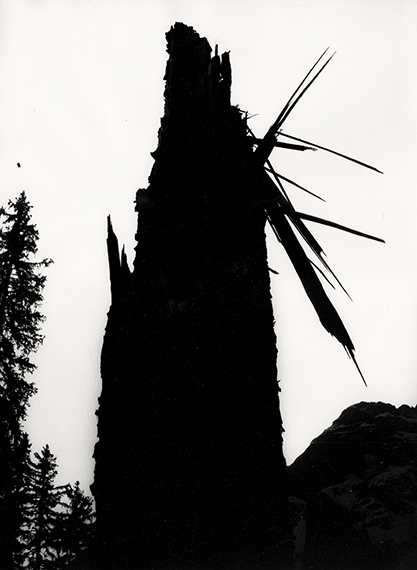
La mort du pin (#2), 1967
Gelatin silver print, vintage. Printed by the artist.
© Estate Jean-Claude Gautrand
Courtesy Les Douches la Galerie, Paris
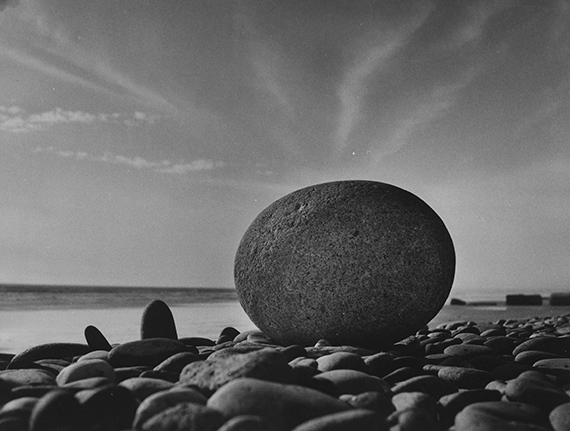
Le Galet (#1), 1968-1969
Gelatin silver print, vintage. Printed by the artist.
© Estate Jean-Claude Gautrand
Courtesy Les Douches la Galerie, Paris
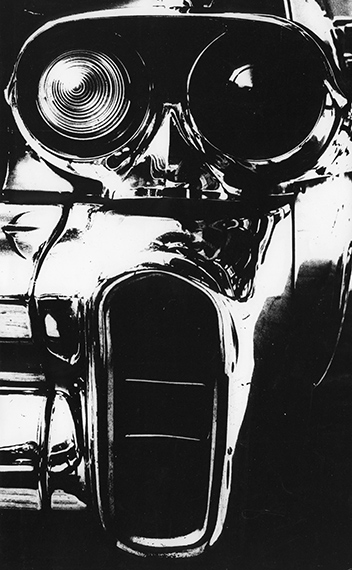
Recherches, Cosmonaute, 1961
Gelatin silver print, vintage. Printed by the artist.
© Estate Jean-Claude Gautrand
Courtesy Les Douches la Galerie, Paris